Introduction
This lesson will explore the sweetest and healthy Fruits That Start With C. Hey there from the amazing world of fruits that start with the letter C! From the well-known and cherished to the uncommon and relatively rare. We have something for everyone, whether you’re a fruit lover looking to expand your choices or you’re just impressed by all the fruits of nature often get different health benefits from different fruits. We have to gather a list of the items that we must have before traveling to the market. However, for this purpose, we must have enough information about the fruits that the earth has provided for us. Fruit is an important part of our everyday diet. So, let’s dive into the colorful and flavorful realm of fruits that start with C.
List Of Fruits That Start With C.
As we know we are talking about Fruits That Start With C. Here I will provide you a list of the 25 sweetest fruits that start with c. I hope you will enjoy this lesson!
Cantaloupe
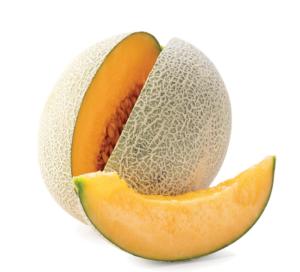
Cantaloupe is a juicy and sweet fruit that belongs to the melon family. It has a pale green rind with a netted texture and vibrant orange flesh.
Coconut
Tropical fruits like coconut are prized for their flexibility and unique flavor. Its white flesh is surrounded by a tough, brown outer shell that is filled with a cool liquid known as coconut water. Coconut is used in a variety of cultures around the world to give richness to foods like baked goods, curries, and desserts.
Cranberry
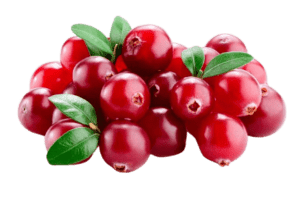
Small and tart, cranberries are a native of North America. It is usually taken in the form of juice or dried, with a rich red color. The tart, acidic flavor of cranberries is well-suited to sweet foods and sauces.
Carambola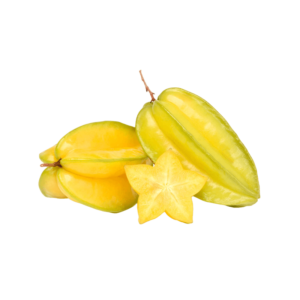
Carambola, also known as starfruit, is a tropical fruit with a unique shape resembling a star when sliced. It has a vibrant yellow or green color and a crisp, juicy texture.
Clementine

A tiny, seedless citrus fruit, clementines are a mix between sweet oranges and mandarins. Its skin is easily peeled and has a brilliant orange color.
Cherry
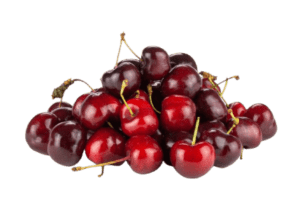
The cherry fruit is tiny and round, with a vivid red or deep purple hue. It is a well-liked option for pies, jams, and pastries because of its sweet and tangy flavor. There are many different types of cherries, such as sweet cherries, which are typically consumed raw, and sour cherries, which are frequently used in baking and cooking.
Custard Apple
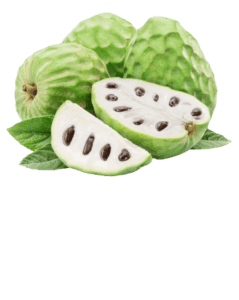
The tropical fruit known as a custard apple, or cherimoya, has a creamy texture and a sweet, fragrant flavor. Its skin is rough and green, covering soft white flesh speckled with brown seeds.
Cactus Pear
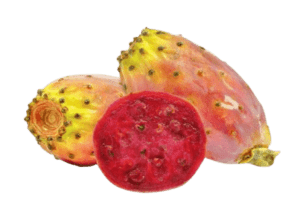
Cactus pear, also known as prickly pear, is a fruit derived from certain species of cacti. It typically has a vibrant pink or red outer skin covered in small spines or glochids, which must be carefully removed before consumption.
Cashew Apple
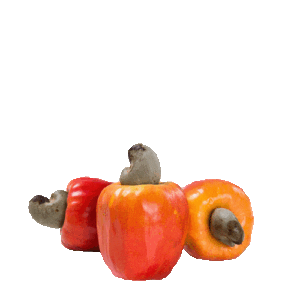
Cashew apple is the fruit of the cashew tree, native to Brazil and other tropical regions. Despite its name, it is not a true apple but rather a swollen stem.
Cloudberry

Cloudberry is a small, amber-colored fruit that grows in cold, northern regions, including Scandinavia, Canada, and Russia. It has a unique tart flavor with hints of sweetness, making it a prized delicacy in these areas.
Crabapple
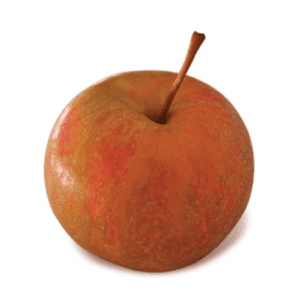
Crabapple is a small, tart fruit that resembles a miniature apple. It comes in various colors, including red, yellow, and green, and typically has a sour flavor.
Chinese Bayberry
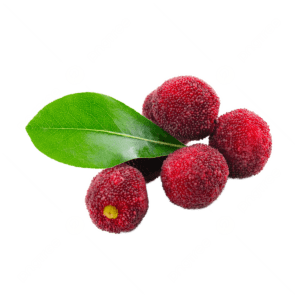
Chinese bayberry, also known as yangmei or waxberry, is a small, round fruit native to China and other Asian countries. It has a dark red or purple skin with a waxy coating and a sweet and tart flavor.
Chayote

Chayote, also known as vegetable pear or christophine, is a type of squash native to Mexico and Central America. It has a pale green, wrinkled skin and a crisp, white flesh with a mild, slightly sweet flavor.
Camu Camu

The tiny, tart camu camu fruit is indigenous to South America’s Amazon rainforest. It is among the finest natural sources of this vital nutrient because to its well-known high vitamin C concentration.
Citron
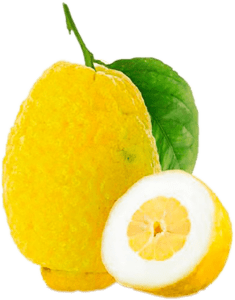
A huge citrus fruit, citron has sour, aromatic flesh and a thick, rough rind. It is highly valued for its aromatic peel, which is frequently used to flavor foods and desserts in baking and cooking.
Cornelian Cherry

Native to Europe and Western Asia, the Cornelian cherry is a tiny, vivid red fruit that grows on the Cornus mas tree. It is a member of the dogwood family and unrelated to cherries, despite its name.
Cupuaçu

Cupuaçu is a tropical fruit native to the Amazon rainforest in South America. It is closely related to cacao and is known for its creamy, aromatic pulp. Cupuaçu
Chokecherry

Chokecherry is a small, tart fruit that grows on shrubs native to North America. It has a deep purple or black color and is characterized by its astringent taste when eaten raw.
Calabash

Calabash is a tropical fruit that grows on the calabash tree, also known as Crescentia cujete. The fruit has a hard, woody shell and a green or yellow skin when ripe.
Canistel

Canistel, sometimes referred to as eggfruit, is a tropical fruit that is indigenous to Mexico and Central America. When ripe, it has a creamy, egg-like texture, which gives it its name.
Chilean Guava

The small, spherical Chilean guava, often called strawberry myrtle or murta, is a native of Argentina and Chile. When fully mature, it has a rich purple hue with a flavor that is tart and sweet, similar to that of guava and strawberries.
Carissa
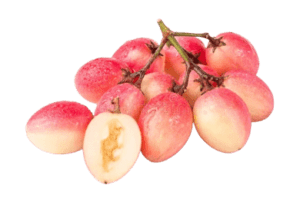
Carissa, also known as Natal plum or Amatungulu, is a small, round fruit native to South Africa. It has a glossy, deep red or purple skin and juicy, tart flesh with a hint of sweetness.
Crabwood

The fruit known as crabwood is produced by the Carapa guianensis tree, which is indigenous to South America’s tropical regions. It also goes by the name Andiroba, and it yields big, spherical fruits with a tough shell.
Cherry Plum

A fruit hybrid that blends the qualities of plums and cherries is the cherry plum. Usually spherical and tiny, it resembles cherries yet has the smooth skin of plums.
Chinese Jujube
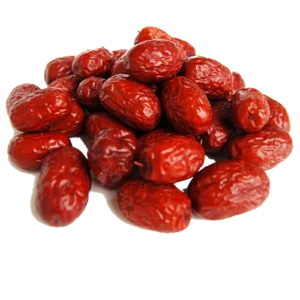
Chinese jujube, also known simply as jujube or red date, is a small, round fruit native to China and other parts of Asia. It has a wrinkled, reddish-brown skin and a sweet, chewy flesh.
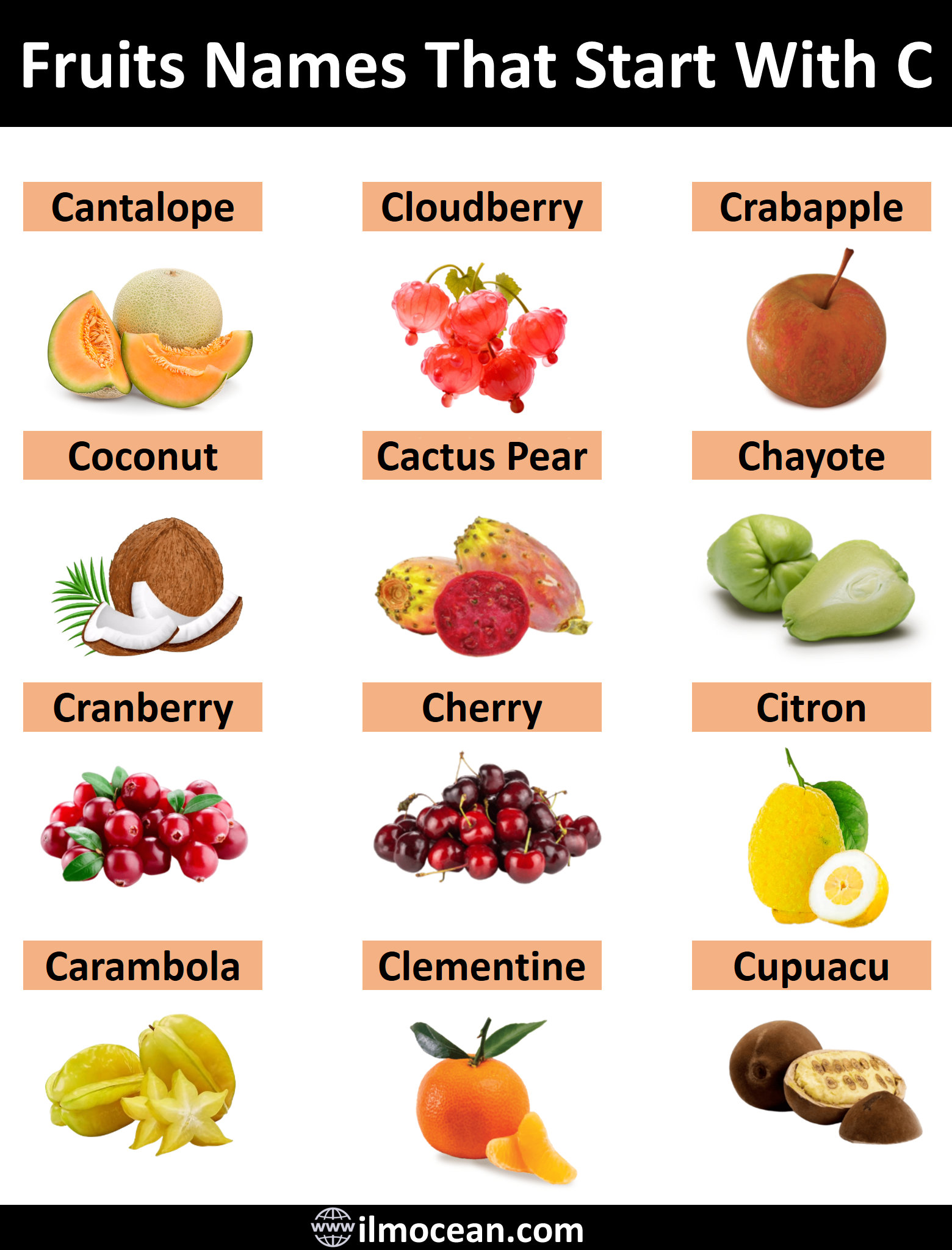
Conclusion
Discovering the many fruits that begin with the letter C is a journey through the abundance of nature as well as a gourmet delight. Every variety of C fruit, from the common to the unusual, has a distinct flavor and nutritional value. These fruits will fuel your body and please your palate, whether you’re enjoying the richness of the custard apple or the sweetness of the cherries. So why not start your fruity adventure and include some C fruits on your grocery list?
Read More Vocabulary Clik On The Below Links
